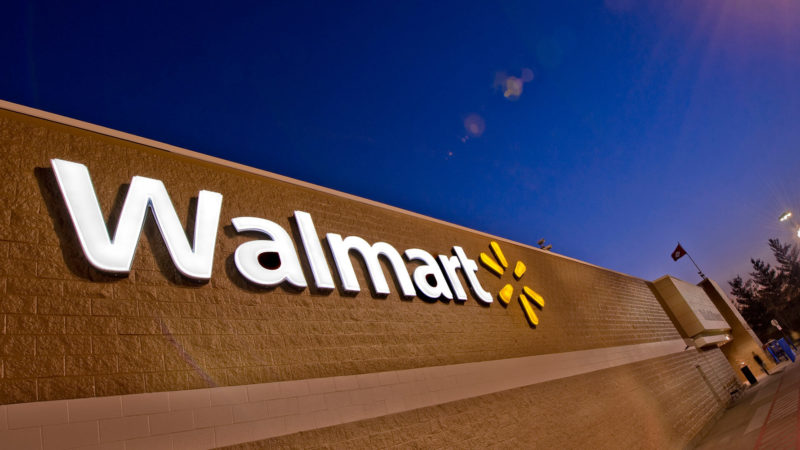Google, Wal-Mart Breakup Suggests Problems Ahead For Local Inventory Ads
Research shows that when they’re ready to buy, online shoppers want to know where they can get desired products in local stores. Internet influenced offline spending is many many times larger than e-commerce and results in trillions of dollars in offline transactions annually. However offline retail inventory data has been largely unavailable until very recently, causing consumers in most […]

Research shows that when they’re ready to buy, online shoppers want to know where they can get desired products in local stores. Internet influenced offline spending is many many times larger than e-commerce and results in trillions of dollars in offline transactions annually.
However offline retail inventory data has been largely unavailable until very recently, causing consumers in most cases to have to guess where they can buy something or go through the painful process of calling stores. A number of startups such as Curbside and Retailigence tap retail inventory feeds to drive consumers to local stores and retail locations.
Google’s Local Inventory Ads also try to address this online-to-offline problem. And they seemed like a great solution for marketers — until Wal-Mart decided they weren’t.
Wal-Mart had been participating in Google’s Local Inventory Ads program until last week. The Wall Street Journal (WSJ) and others recently reported on Wal-Mart’s apparently abrupt decision to stop sending local store inventory data and product prices for inclusion in Google paid-search results.
Wal-Mart reportedly felt that local-store pricing information in particular was too sensitive to disclose. Local Inventory Ads are currently used by a minority of retailers on Google (roughly 17 percent of the top 35 US retailers according to Adlucent).
Another motivation, according to the WSJ, is Wal-Mart’s own plan to offer inventory data directly to its shoppers through Wal-Mart.com and its mobile app, rather than through an intermediary:
Wal-Mart executives have told Google that Wal-Mart pulled out in part because it wants to offer a similar local-inventory service itself, rather than pay Google to do it, according to one of the people familiar with the situation. With 5,000 stores, Wal-Mart is better equipped than other retailers to satisfy shoppers who are using smartphones to find merchandise nearby.
This dispute recapitulates an old complaint against Google: by aggregating third party data or content, Google interposes itself between publishers or retailers and their own customers and potentially dilutes the value of those brands. Google and search marketers dispute this characterization of course.
This tension is particularly sensitive in a mobile context, where some publishers and retailers see mobile as a new opportunity to build direct relationships with customers and avoid Google as a gatekeeper. (Of course mobile users search a great deal too.) It remains to be seen whether other Local Inventory participants follow Wal-Mart or stay the course and whether Google can grow the program.
As I remarked above, there’s no question about consumer interest in the inventory data.
There is another way Google could go. The company could follow in the footsteps of TheFind, which historically has crawled and matched products on multichannel retailer websites with store locations to indicate where consumers might buy products offline. It may also now be taking feeds directly from retailers.
Google would prefer, obviously, to have the direct feeds if possible.
Despite Wal-Mart’s withdrawal from Inventory Ads, it hasn’t abandoned Google Shopping Ads. The company is still promoting itself as an e-commerce destination.
Contributing authors are invited to create content for Search Engine Land and are chosen for their expertise and contribution to the search community. Our contributors work under the oversight of the editorial staff and contributions are checked for quality and relevance to our readers. The opinions they express are their own.
Related stories
New on Search Engine Land